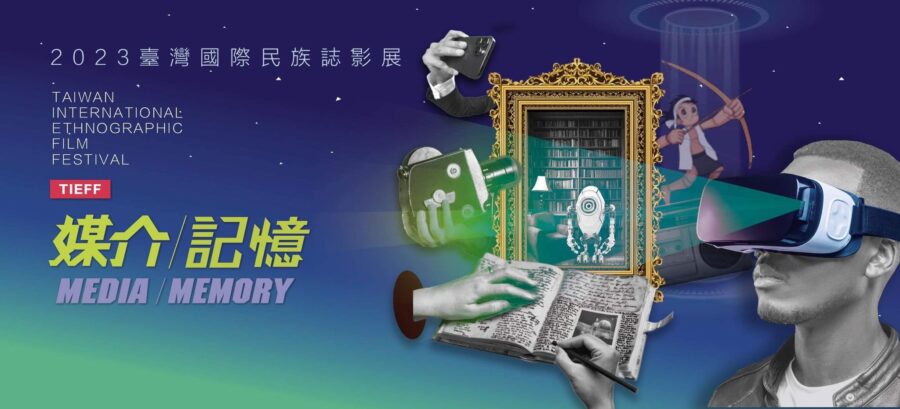Hi, AI
The robots are at our doorstep. Scientists as well as tech-visionaries are certain that in a few years robots will be an integral part of our everyday life. But humanoid robots are more than just another gadget. Bearing a resemblance to living creatures in their conduct and looks, they are more like new beings on our planet. We are the Robots, shows robots interacting with humans in everyday-environments already today.
What will we gain from this new technology? And what will we lose?
Humanoid robots are like new creatures on our planet. They work at reception desks, in shopping malls or as chefs. And they are coming into our private lives…
„With an A.I., you have to keep your sentences short and to the point.“
This piece of advice is given to Chuck as he’s picking up his new robot partner Harmony fresh from the factory. Together they go on a road trip through California. As it turns out at a second glancing, the sex robot Harmony likes books and can ad lib quote Ray Kurzweil.
In Tokyo, Grandma Sakurai is introduced to the cute robot Pepper, a present from her son, so she has someone to keep her company. But soon Pepper turns out to be quite capricious, fnding the old lady’s conversation topics of little interest.
While Harmony and Chuck are searching for love, and Pepper and Grandma are killing time, pressing questions arise: How will robots and artifcial intelligence change our lives? What will we win, what will we lose? And, who will be the main actors in the future world? The documentary shows us tomorrow’s world today.

